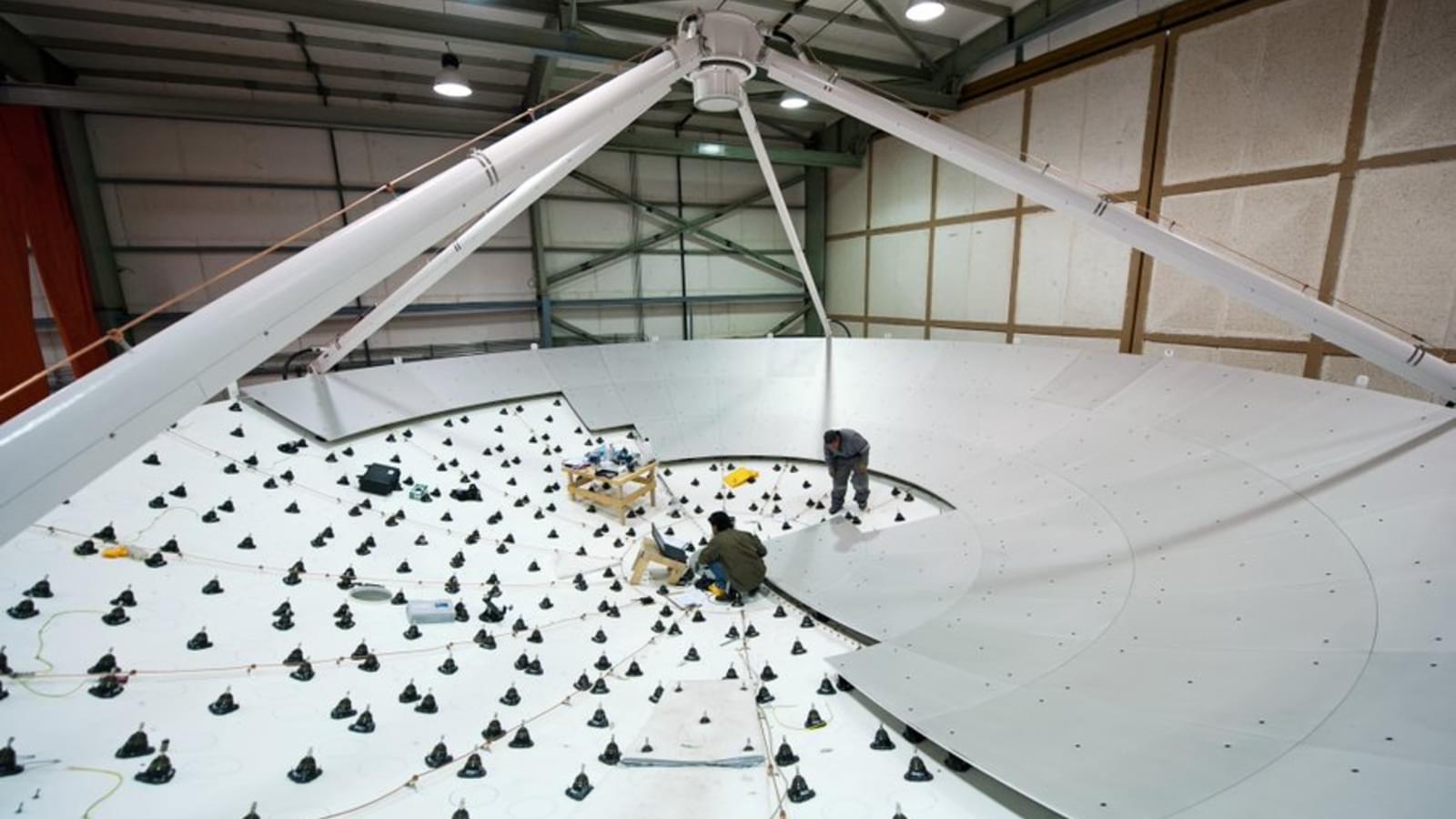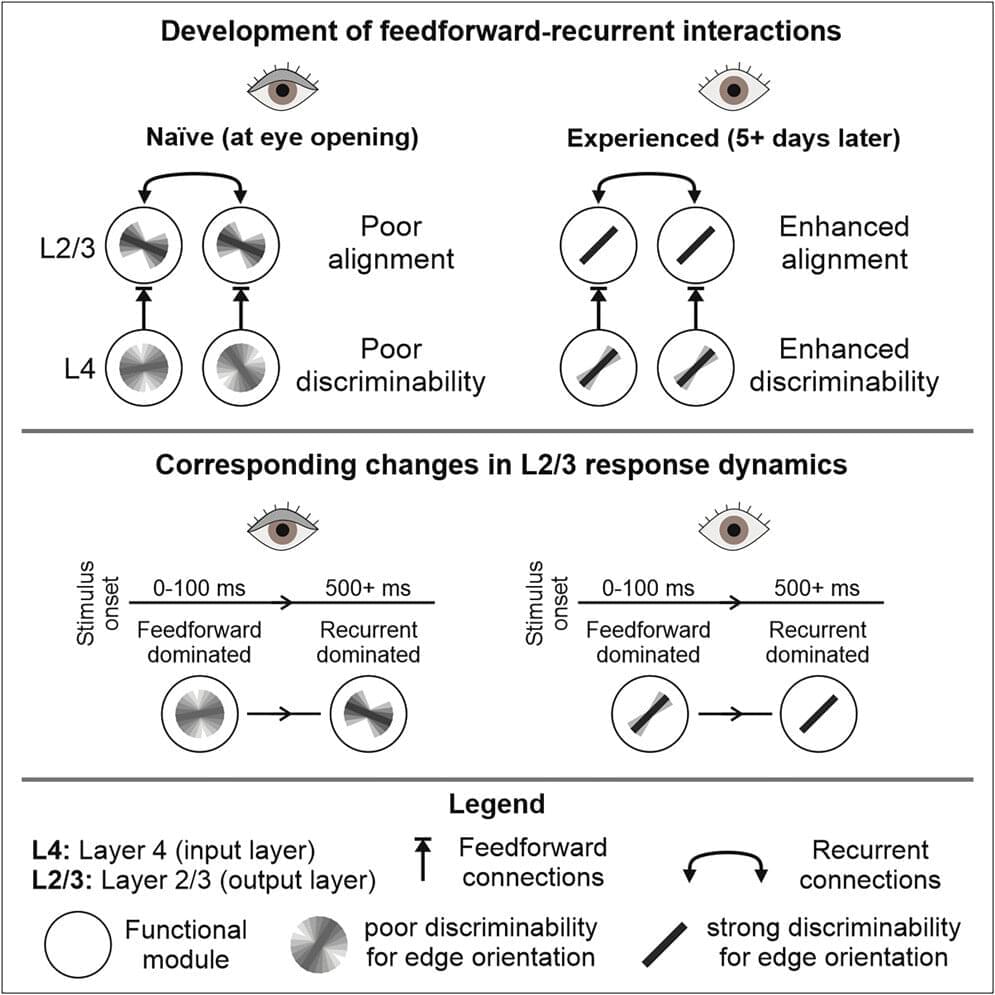Fluorescent dyes that are bright, stable, small, and biocompatible are needed for high-sensitivity two-photon imaging, but the combination of these traits has been elusive. We identified a class of squaraine derivatives with large two-photon action cross-sections (up to 10,000 GM) at near-infrared wavelengths critical for in vivo imaging. We demonstrate the biocompatibility and stability of a red-emitting squaraine-rotaxane (SeTau-647) by imaging dye-filled neurons in vivo over 5 days, and utility for sensitive subcellular imaging by synthesizing a specific peptide-conjugate label for the synaptic protein PSD-95.







